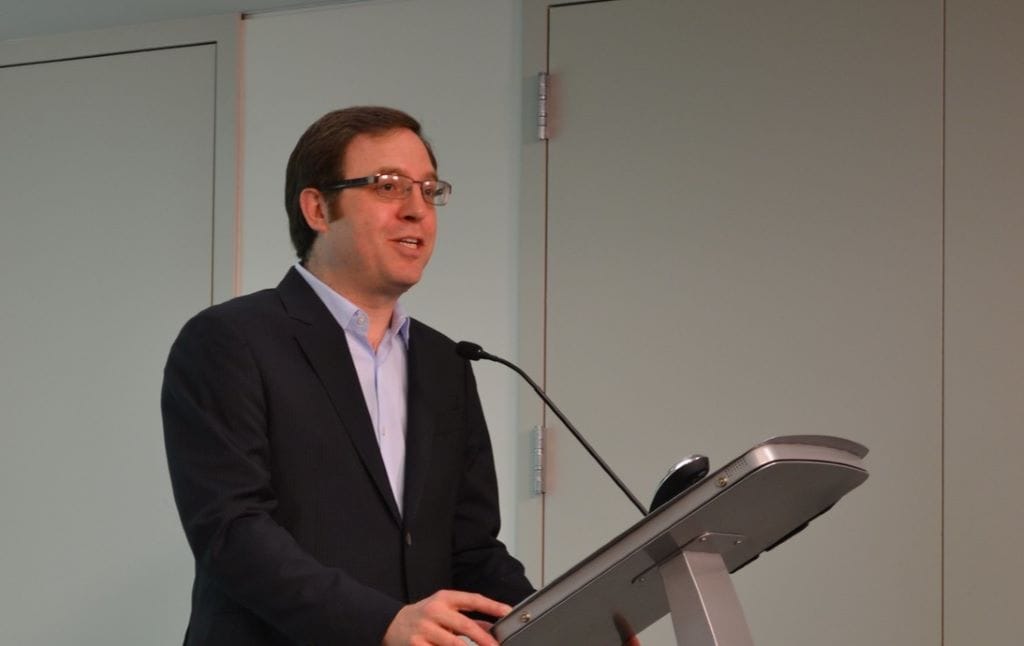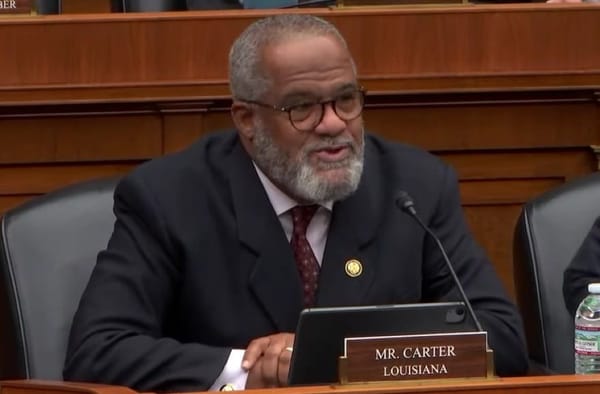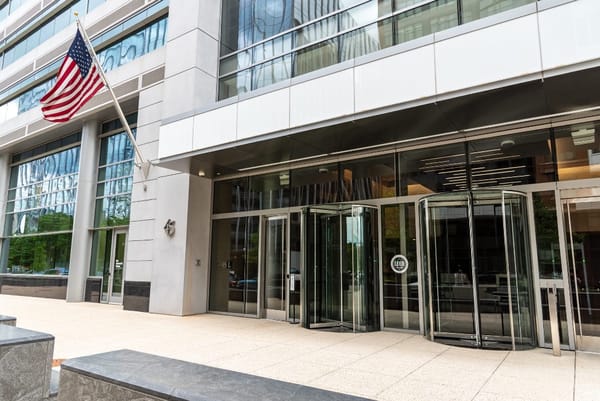FCC and NTIA Release Updated Coordination Memorandum
The document includes information about how often the agencies will meet and when they’ll get involved in proposed actions.
Teralyn Whipple

WASHINGTON, August 2, 2022 – The heads of the Federal Communications Commission and the National Telecommunications and Information Administration announced Monday the updated memorandum of understanding to coordinate spectrum policy uses, which includes how often they will meet and when they can get involved in proposed actions.
The FCC and NTIA announced in February that they would update the MOU from 2003 as the two agencies worked to coordinate on spectrum policy uses for federal and private users. The updated MOU outlines the agreement between the two agencies to promote the efficient use of the radio spectrum for the public interest.
The memorandum specifies that the assistant secretary for communications and information at the NTIA and the chair of the FCC are to meet, at least quarterly, to conduct joint spectrum planning with respect to management policies, requirements, licenses, and other spectrum related matters.
Furthermore, the staff at the FCC and NTIA will meet monthly to exchange information of mutual interest. The FCC will cooperate with the NTIA on all proposed actions that could potentially interfere with federal operations and the NTIA will cooperate with the FCC for actions that will affect non-federal operations.
Harold Feld, senior vice president at non-profit advocacy group Public Knowledge, commended this step, saying in a statement that, “this agreement will make it possible for the United States to move forward on future wireless technologies, such as 6G and Wi-Fi 7, while protecting public safety and critical federal operations.”
Public Knowledge said in press release that the agreement addresses the root cause of growing tension between the FCC and federal agencies.
The memorandum comes after the industry and the Federal Aviation Administration earlier this year butt heads over whether 5G deployments could be turned on around airports. The FAA said that such a decision would jeopardize plane’s navigational instruments, and large carriers agreed to freeze the deployments until further study can be done. Some observers said the crisis was a result of a lack of federal coordination.
The two agencies that signed the memorandum have a long history of cooperation to ensure spectrum decisions encourage economic growth and national security. The FCC has authority to regulate non-federal government use of spectrum. The NTIA has authority to regulate federal government use of spectrum and advises the president on telecommunications policies.









Member discussion